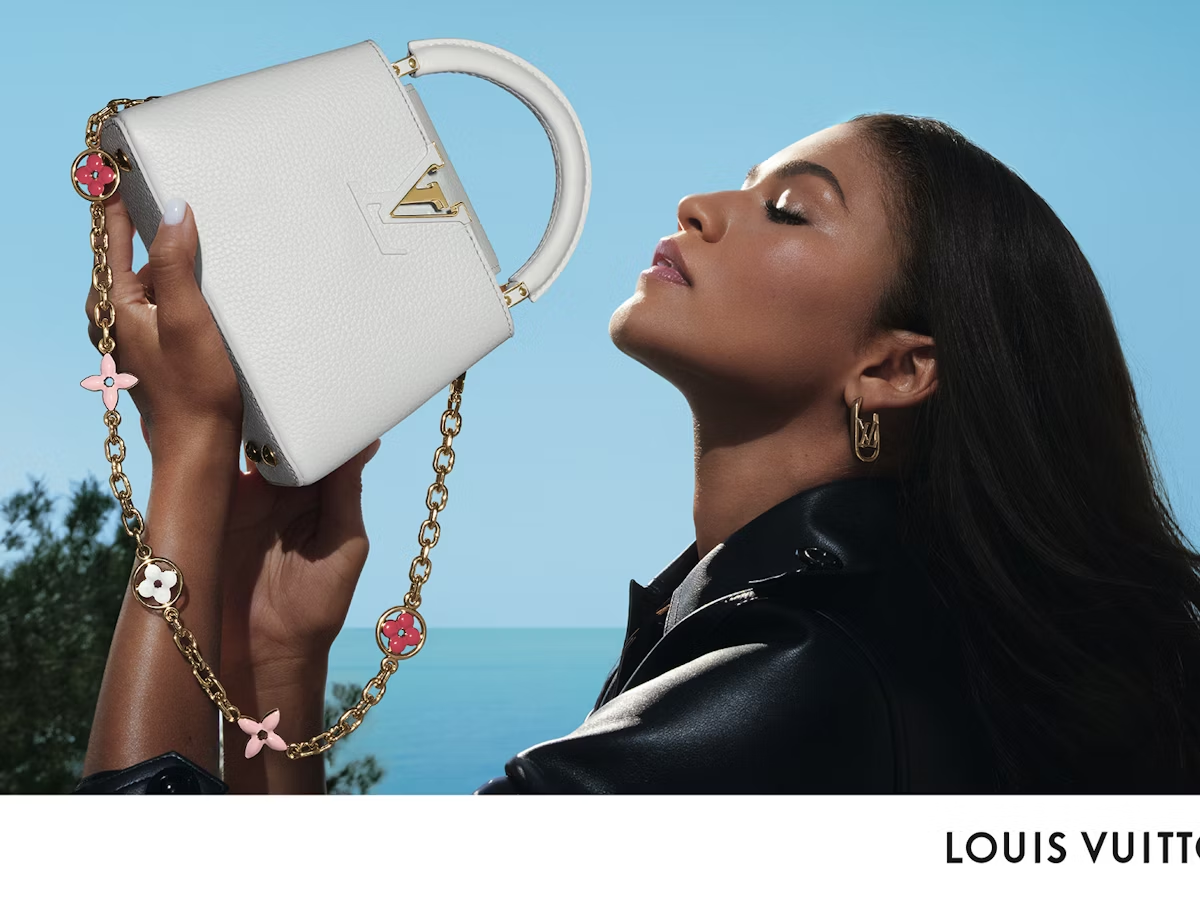Recent reports indicate that 60% of luxury consumers are more likely to purchase from brands that prioritize diversity and inclusion (D&I). According to a study by Boston Consulting Group, companies with above-average diversity saw a 19% increase in innovation revenue over three years. This correlation between diversity and financial performance highlights why luxury brands increasingly focus on D&I initiatives.
Luxury brands have traditionally targeted high-net-worth individuals (HNWI) and aspirational consumers willing to pay a premium for exclusive, high-quality products. However, the modern luxury consumer base is becoming more diverse, reflecting broader societal changes. A Diversity for Social Impact report in 2023 noted a 35% rise in luxury goods consumption among people of color in the USA, with similar trends observed in Europe, Singapore, Japan, Hong Kong, and other G7 nations. It projected a 16% increase in spending on luxury goods and services by diverse consumer groups worldwide in 2023.
The financial benefits of embracing diversity and inclusion are clear. The personal luxury goods market grew by 9 to 11% in the first quarter of 2023 compared to 2022 and is expected to grow from €345 billion to €530-570 billion by 2030. This growth is attributed to the increasing purchasing power of diverse consumer groups and the expansion of luxury markets into emerging regions like China.
Luxury Consumer’s Demand Diversity and Inclusion
Consumers today demand representation and inclusivity in the brands they support. Mintel’s research in 2022 revealed that 41% of Gen Zers favor brands that represent their identity. This demographic shift is crucial for luxury brands aiming to stay relevant and resonate with younger, more diverse audiences.
Operationalizing D&I can lead to a more positive customer experience, as it helps companies better understand and cater to their customer’s needs and preferences. Brand loyalty increases when customers feel seen and valued, driving sales and enhancing brand reputation.
Several luxury brands have already made significant strides in embracing diversity and inclusion. For instance, in July 2023, Gucci became the first Italian luxury house to receive a Gender Parity Certification. This certification reflects Gucci’s commitment to creating an inclusive environment where everyone feels valued and respected.
Similarly, Rolex has focused on diversity initiatives by appointing brand ambassadors from diverse backgrounds and obtaining a diversity certification. These efforts led to a 14% increase in sales across the USA, Canada, Europe, and Asia.
Prada faced backlash for racially offensive figurines in its SoHo store in New York. As reported by CNBC, the window display was featured at a Prada store in downtown used to showcase items from the luxury retailer’s “Pradamalia” collection, the display included monkey figurines that the Commission said evoked images of Sambo, a racist caricature used to dehumanize black people.
As part of the settlement, Prada must invest in efforts to combat racism and promote diversity and inclusion. The retailer must require all its New York employees and Milan executives to complete racial equity training. It will also establish a scholarship program for students from backgrounds historically underrepresented in fashion and hire an executive-level diversity and inclusion officer.
Despite the progress, the journey towards inclusivity has not been without challenges. In April 2023, Christian Dior faced backlash for a promotional photo captioned “Channel your feline fierceness,” which was perceived as discriminatory towards the Asian population. Such incidents highlight luxury brands’ complexities when navigating cultural expectations and sensitivities.
Balenciaga’s introduction of sweatpants in September 2021, which symbolized ‘sagging pants’ and were legally banned in a South Florida city, also sparked controversy. Palm Beach Circuit Judge Paul Moyle ruled that a Riviera Beach city law banning sagging pants is unconstitutional in the case of a 17-year-old arrested and held overnight in jail for breaking the law.
Conclusion
The luxury industry’s focus on diversity and inclusion is not just a trend but a necessity for staying relevant in a dynamic global market. As 60% of luxury consumers prefer brands that prioritize D&I, luxury brands must continue evolving and embracing inclusivity in all operations. As luxury brands continue to prioritize D&I, they will meet the expectations of their diverse consumer base and set a standard for other industries to follow.

















